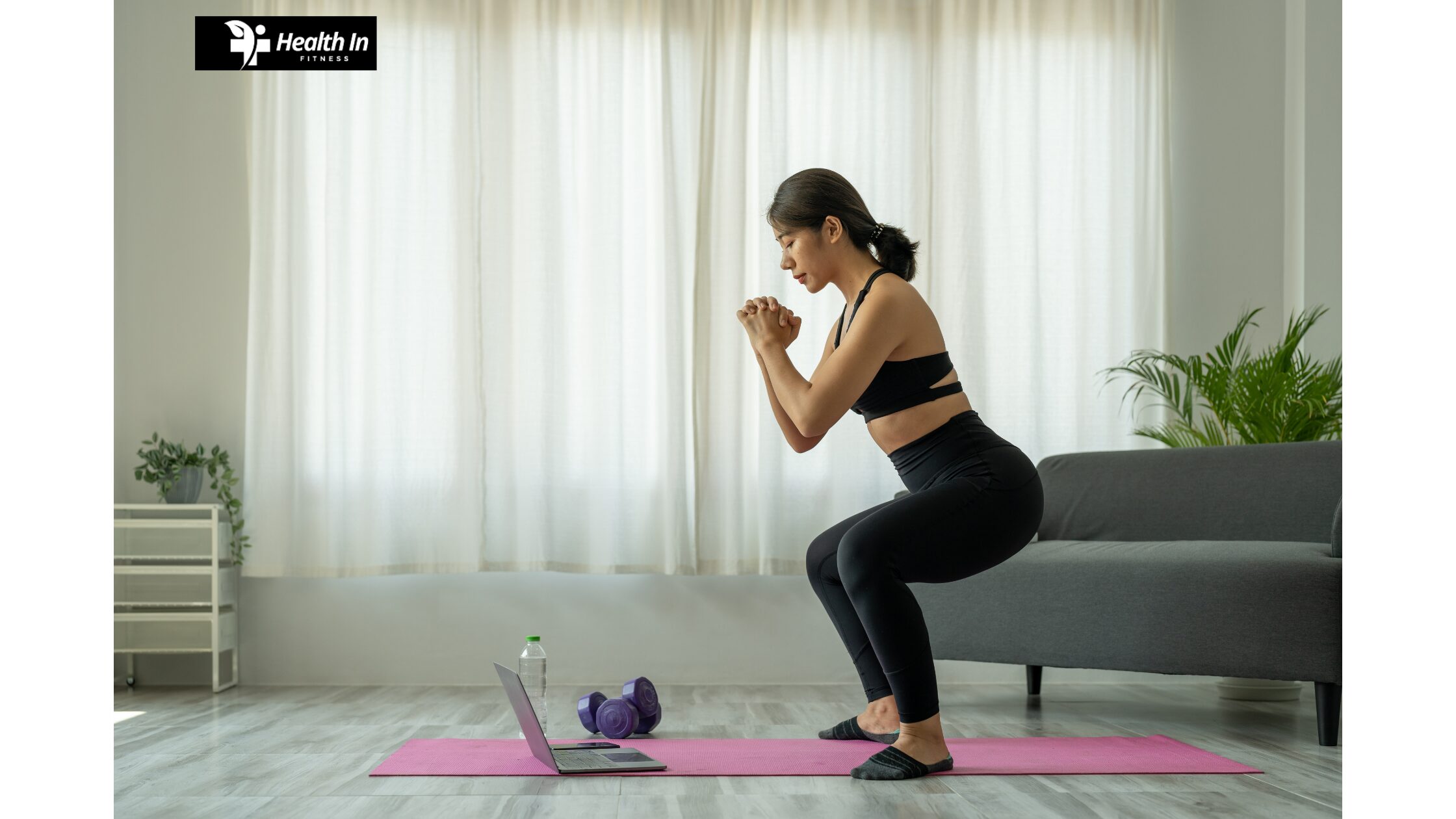Introduction
The practice of yoga offers a holistic way to enhance your physical health, mental clarity, and overall well-being. It’s not just about flexibility or poses; it’s a lifestyle that fosters balance, mindfulness, and vitality. As one of the most accessible and adaptable forms of exercise, yoga caters to beginners and seasoned practitioners alike, helping people achieve their unique health goals.
This guide explores how Meditative Movement benefits your body and mind, highlights popular styles for 2024, and provides tips for integrating this transformative practice into your daily routine.
Physical Benefits of Yoga
1. Improved Flexibility and Mobility
Engaging in Flexibility Training regularly helps loosen tight muscles, improve joint mobility, and increase overall flexibility. This makes it easier to perform daily activities and reduces the risk of injury.
2. Increased Strength
Many yoga poses require you to hold your body in various challenging positions, building strength in muscles that are often underutilized.
3. Better Posture
Spending hours at a desk can lead to poor posture. Yoga can counteract this by focusing on alignment and strengthening your core muscles, which support proper posture.
4. Enhanced Circulation
By moving through poses and practicing controlled breathing, you stimulate blood flow, delivering more oxygen to your body’s tissues and promoting overall health.
5. Recovery Support
If you’re recovering from an injury or soreness, yoga offers low-impact exercises that improve mobility and strength without putting stress on your body.
Mental and Emotional Benefits
1. Reduced Stress and Anxiety
Meditative Movement emphasizes mindful breathing and slow, deliberate movements, both of which help lower cortisol levels and calm the nervous system. This makes it a valuable tool for managing stress.
2. Improved Focus
Practicing Mindful Exercise requires you to be present, which improves your concentration and mindfulness over time. These benefits extend beyond the mat to enhance productivity and focus in daily life.
3. Emotional Resilience
Yoga fosters self-awareness, encouraging you to observe your emotions without judgment. This awareness helps build emotional strength and stability.
Popular Yoga Styles for 2024
Yoga comes in many styles to suit diverse needs and preferences. Here are some of the most popular options this year:
- Hatha Yoga: Ideal for beginners, this style emphasizes basic poses and gentle stretches.
- Vinyasa Yoga: Known for its fluid movements, Vinyasa links breath to motion for a meditative experience.
- Hot Holistic Fitness: Practiced in heated rooms, this style promotes detoxification through sweating.
- Restorative Yoga: Focuses on relaxation and uses props to support your body in comfortable positions.
- Power Yoga: A high-intensity version that combines strength-building with traditional poses.
- Yoga Nidra: A guided meditation practice that promotes deep relaxation.
Creating a Sustainable Yoga Routine
Starting a yoga routine is one thing, but sustaining it is key to reaping long-term benefits. Here’s how to make yoga a consistent part of your life:
1. Set Clear Goals
Identify what you want to achieve, whether it’s improving strength, reducing stress, or increasing flexibility.
2. Commit to a Schedule
Choose a regular time for your sessions, such as mornings for energy boosts or evenings for relaxation.
3. Alternate Styles
Incorporate different types of yoga into your routine to keep it interesting and well-rounded.
4. Track Your Progress
Use a journal or app to record your sessions and reflect on improvements in your practice.
5. Start Small
If you’re a beginner, begin with short, manageable sessions and gradually increase their duration as you gain confidence.
Deepening Your Yoga Practice
Once you’ve established a routine, you may want to explore more advanced aspects of yoga.
1. Learn Advanced Poses
With practice and guidance, you can progress to more challenging poses like handstands or backbends, which build strength and confidence.
2. Practice Breathwork
Advanced breath control techniques, such as Nadi Shodhana (alternate nostril breathing), can help you cultivate inner calm and focus.
3. Study Spiritual Discipline Philosophy
Delve into the philosophical aspects of yoga, such as the Yoga Sutras of Patanjali, to deepen your understanding of its principles.
Incorporating Yoga into Daily Life
Yoga doesn’t have to be limited to sessions on a mat. Here are ways to bring its principles into your everyday life:
- Mindful Breathing: Use breathing techniques during stressful situations to regain calmness.
- Desk Stretches: Perform simple poses at work to alleviate tension and improve posture.
- Evening Relaxation: Use restorative yoga poses to unwind and improve sleep.
Building a Yoga Community
Practicing yoga with others can enhance your experience. Attending group classes, joining online yoga communities, or participating in yoga retreats can provide inspiration, accountability, and connection.
Exploring the Deeper Benefits of Yoga
Yoga is not just about physical movement; it’s a multifaceted practice that nurtures your overall well-being. Beyond the physical benefits, such as flexibility and strength, yoga has the power to transform your mental and emotional health. Incorporating this ancient practice into your daily routine can help you achieve a more balanced and harmonious life.
The Connection Between Mind and Body
One of the unique aspects of yoga is its ability to create a strong connection between the mind and body. Through intentional breathing and mindful movement, this practice allows you to become more in tune with how your body feels. This awareness often translates into better decision-making when it comes to health and wellness. For example, practicing mindful movement can encourage you to rest when needed or choose more nourishing foods for your body.
Additionally, integrating mindfulness into your routine can improve your emotional regulation. By focusing on the present moment during practice, you train your mind to let go of stressors and anxieties. This skill can be carried into everyday life, helping you remain calm and focused even in challenging situations.
Customizing Your Practice
Another benefit of yoga is its adaptability to suit every lifestyle and fitness level. Whether you’re a beginner or an advanced practitioner, you can adjust your routine to meet your needs. This flexibility makes it easier to sustain as a lifelong habit.
- For Beginners: Start with gentle stretches and basic poses that build a foundation of strength and flexibility. Focus on learning proper form to avoid injury.
- For Advanced Practitioners: Explore more challenging sequences, such as inversions or arm balances. Incorporating these into your sessions can help you push past physical and mental limits.
If you’re short on time, even a quick 10-minute session can bring significant benefits. A few poses combined with intentional breathing can help reset your mind and body during a busy day.
The Social Side of Wellness
Although Holistic Fitness is often seen as a solitary activity, it can also foster connections with others. Attending classes in a studio or joining an online community allows you to share experiences, learn from others, and gain support in your wellness journey. This sense of community can keep you motivated and engaged, especially when practicing with friends or family members.
Some group classes also incorporate teamwork elements, such as partner stretches or synchronized sequences. These not only make sessions more fun but also encourage collaboration and trust-building.
Supporting Holistic Health
The benefits of Holistic Fitness extend beyond the mat, influencing multiple areas of your life. By practicing regularly, you may notice improvements in your sleep, digestion, and even your ability to concentrate. This practice promotes a state of balance that impacts both your physical and mental health positively.
Whether you’re looking to reduce stress, boost energy, or simply stay active, yoga is a tool that can enhance your overall wellness. By dedicating just a few minutes each day to this practice, you can create lasting changes that improve your quality of life.
The Holistic Benefits of Mindful Exercise
Yoga is not just a workout; it’s a lifestyle that promotes overall well-being. The physical benefits, such as increased strength and flexibility, complement the mental and emotional benefits, like stress relief and improved focus. By integrating yoga into your life, you can achieve greater balance, resilience, and health.
Start your journey today and discover how yoga can transform your body and mind.




